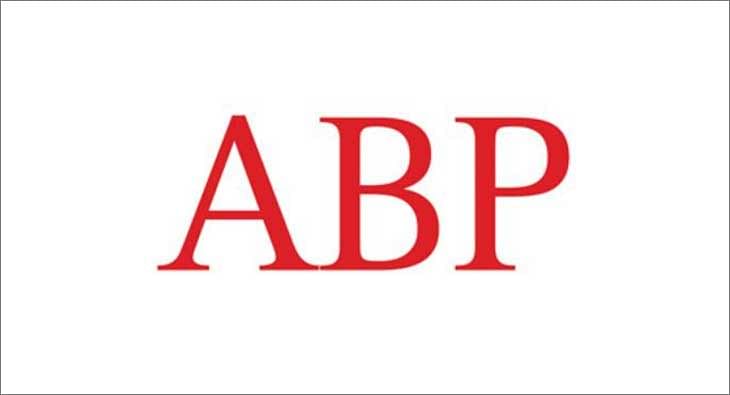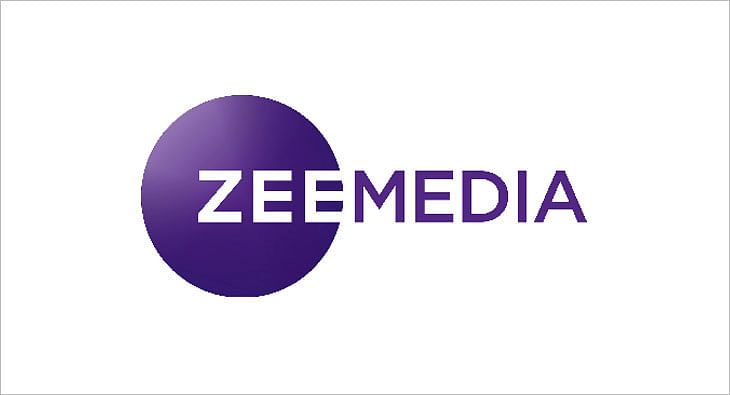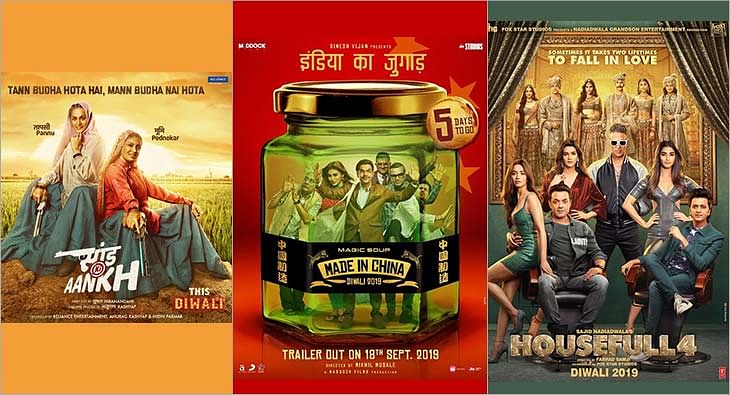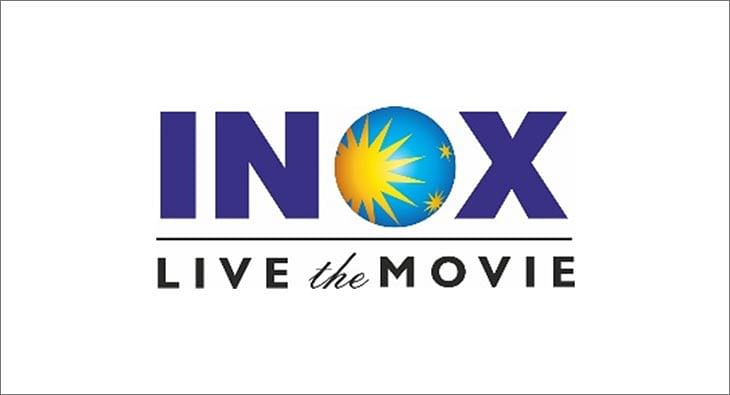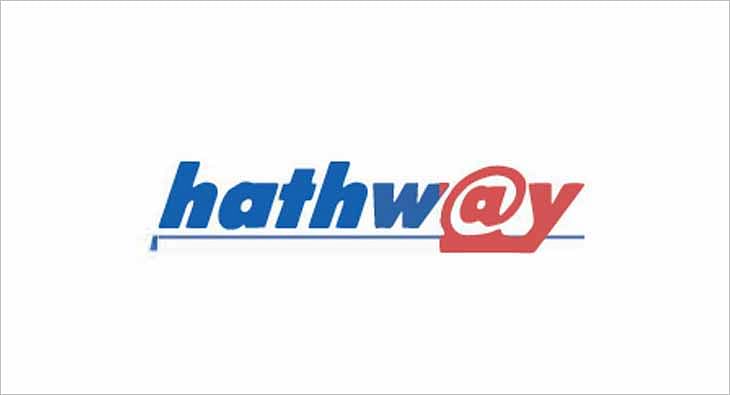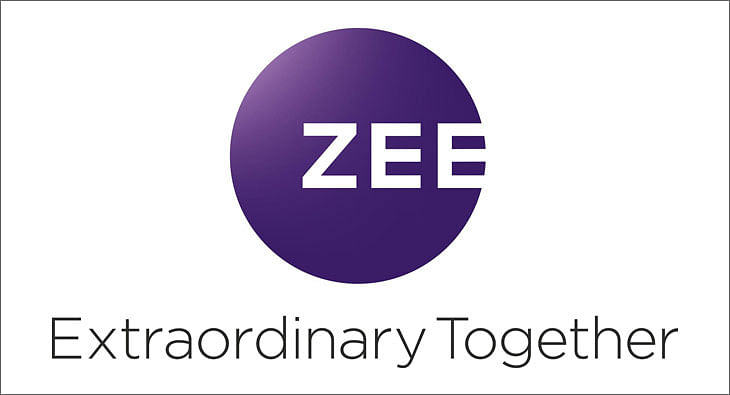Guest ColumnRetrofit: Newswallahs out of sync with reality
Dang, media is once again in the news. Yup, the newswallahs are very much in the news again. Targeted in the crosshairs, they are once again everyone's favourite whipping boys. Sadly, their role has been thrown into stark relief again. And it does not make for happy reading, says Sandeep Bamzai.

Dang, media is once again in the news. Yup, the newswallahs are very much in the news again. Targeted in the crosshairs, they are once again everyone's favourite whipping boys. Sadly, their role has been thrown into stark relief again. And it does not make for happy reading. After a stirring bout of counter-punching, where media stood up defiantly on the Shah Rukh Khan vs IPL issue and parallely on Ram Gopal Varma's so called expose of their trade – ‘Rann’, they are back to carrying the can. Unable to come to grips with big news developments, they continue to be like Keystone Cops meets Marx Brothers, maladroit and floundering. Two trenchant critiques of media land in the last couple of days have ensured that the spotlight is once again on media. And believe me, they find themselves in hot water. I could go on, but I would like to reproduce an excellent piece by P Sainath in The Hindu for wider dispersal and dissemination.
Before that, there was a piece by Vrinda Gopinath in Mail Today, who launched into SRK for being a naked media manipulator. Gopinath wrote, "Suddenly, both the Sena and SRK look strangely similar, even though one uses brute force, the other cute righteousness – for just as the loutish Sena grabs eyeballs for a cause that serves its purpose, Bollywood's Brandasaurs also uses the media to delude and lure the public. In a market place that uses contract conditions to give oneself an unequal position, rolls out the gigantic battleship of PR, marketing and media conglomerates to create a monopoly, uses mega star power to stamp out any fair dissension, that SRK, is called fascism." What Gopinath has done in her treatise is highlight the deliberate intent behind SRK's 'cute righteousness', hand-in-glove as he was with his favourite channel - NDTV. Here is how - But let us talk about the unmentionable, there were several niggling factors that did not match up to Bollywood Badshah's new social and political consciousness. First, SRK made the outburst in a news studio for the promo of ‘My Name is Khan’, along with his co-guest, best buddy and director of the film, Karan Johar. Strong words.
But wait till you read Sainath's demolition job. He wrote: “Issues today have to be dressed up in ways certified by the corporate media. They have to be justified not by their importance to the public, but by their acceptability to the media, their owners and sponsors. That the terrible tragedy in Pune demands serious, sober coverage is a truism. One of the side-effects of the ghastly blast has been unintended, though. The orgy of self-congratulation that marked the media coverage of just about everything since January is now in pause mode. Maybe the flak they copped for their handling of the November 2008 Mumbai terror blasts has something to do with it. But there is, so far, some restraint. At least, relative to the meal they made of the 2008 blasts.
Otherwise, through January and early February, the media stood up bravely for freedom of expression and some other constitutional rights you've never heard of. They slew the demons of lingual chauvinism and worse. And they're just spoiling for a fight with any other enemy of our proud democracy. Just so long as they can keep Bollywood in central focus.
Every issue is now reduced to a fight between individuals, heroic, villainous or just fun figures. So, the complex issues behind the shunning of Pakistani cricketers by the Indian Premier League are reduced to a fight between Shah Rukh Khan and Bal Thackeray. (As one television channel began its programme: “Shah Rukh stands tall. His message to the nation ...”). The agonies of Bundelkhand are not about hunger and distress in our Tiger Economy. They are just a stand-off between Rahul Gandhi and Mayawati. The issues of language and migrations in Maharashtra are merely a battle between Rahul Gandhi and Uddhav Thackeray. And the coverage is all about who blinked first, who lost face.
The devastating rise in food prices (let's skip the boring factors) and the mess in agriculture are a face-off between Prime Minister Manmohan Singh and Agriculture Minister Sharad Pawar. The pathetic squabble within the Samajwadi Party is virtually a television serial. A blow-by-blow account of Amar Singh's valiant bid to retain his honour against Mulayam Singh's yahoos. (Indeed, some Hindi channels have begun using the language of theatre to report it — Act II, Scene II. And there was one programme which Amar Singh ended humming verses from his favourite film song). The BT brinjal story had mostly only one villain – Union Environment Minister Jairam Ramesh. He had no visible adversary unless you pose the humble Brinjal as the hero. But that won't work for television. The other, more sinister heroes in this media story preferred to function from behind the scenes, plying newspapers and channels with faked data and false information. Hell hath no fury like a powerful corporate scorned, as the Minister is learning.
Issues? The same media that passionately fought for freedom of expression for a month from mid-January had billed the 2009 Lok Sabha poll as one without issues. The country was actually burning with them, but they didn't make good television either. More accurately, the dominant media hadn't the slightest intention of covering them with any sincerity. The story of rising food prices remains one of the worst reported – no matter how much space it has been given. Sure, there have been exceptions – as in the case of some outstanding reports on Bundelkhand. But they've been just that. Exceptions.
If these last six weeks have been about freedom of expression, we have neither. Or, at best, a twisted freedom and a tortured expression. There is little freedom for thousands of journalists in the corporate media and the few editors who still believe we ought to be doing a better job of informing the public on the key issues of our time. There's very little freedom for readers or viewers, too. For days on end, it didn't matter which television channel you switched to, it was SRK on all of them. When that movie drew to a close, the 'Rahul Gandhi storms Sena den' film was released and sustained. A visit of some hours produced days of footage. But with the end of Gandhi's visit to Mumbai, it was back to Shah Rukh Khan. Of course, viewers had the freedom to choose, which sets us apart from totalitarian states. They could choose any channel, from among many, to watch SRK saying exactly the same thing, at the same time. And they will be free to choose again when the figure is Amitabh Bachchan or Aamir Khan.
If what we've watched on critical issues these past weeks is expression, we're through scraping the barrel. We're drilling holes in its bottom. Many corporate-owned media houses have sacked hundreds of journalists and non-journalist staff since late 2008. Hundreds of other journalists have suffered wage cuts. Of course, the ‘right to know' of readers and viewers does not extend to this information. Why scare the poor lambs? And how can you tell them the truth about that while every day crowing about the once-again booming economy? It might lead audiences to ask that dull, boring question: “If things are so good, why are you axing so many people?” Answering that means revealing the interests the corporate media have in the fate of the stock market. It means talking about their need to keep the shares of the companies they are linked to (or have heavily invested in) afloat and buoyant.
That is regardless of how rotten they are within. No matter how their own shares in those companies were obtained. And no agonising over how unethical the means used to keep them heated. This was in part behind the fatwa issued by some newspapers to their staff banning the ‘R' word last year. Recession is what happens in the United States. In India, it was a slowdown – and it's already turning around brilliantly. The hundreds of sacked and ruined staff have little freedom to speak of. Even the professional communicators within them cannot tell their own audiences their story. Cannot tell them they were laid off, let alone tell them why.
Leave aside escaping a recession, India Shining is back. The cover story of a leading weekly gushes over the fantastic ‘rural resurgence' that is, in fact, saving all of us. Farmers are doing just great. Drip, micro-sprinkler, and other micro irrigation, the stories in it suggest, played a major role in this hidden-from-the-human-eye revival. This resurgence is seen more in urban media than in rural India. And the proliferation of such stories across the media spectrum reflects, in part, the strenuous media efforts of a major Maharashtra-based company. A corporate group that spends a fortune on propaganda and whose interests in this line of irrigation are pushed by some of the most powerful members of the Union Cabinet. Oddly, stories such as these come out even as the Government's own projections for growth in agriculture are dismaying.
The main ‘rural resurgence' story hit the stands the same day the National Crime Records Bureau officially brought the 2008 data for farm suicides on to its website. The 16,196 suicides that year brought the tally of farmers' suicides since 1997 to 199,132. That's the largest single, sustained wave of such suicides ever recorded in history – anywhere. Guess nobody told them about the resurgence. Farmers in 2008 did know of that year's loan waiver, but it didn't stop large numbers of them from taking their lives.
The ‘rural resurgence' story comes after any number of the Government's own committees, commissions and reports suggest that it revise poverty figures upwards. Whether it's the Suresh Tendulkar Committee, the BPL Expert Group, or earlier the National Commission for Enterprises in the Unorganised sector. Or a UN study, which reports that 34 million more Indians remained poor or joined their ranks in 2008 and 2009, because of the ‘slowdown.' That is, 34 million more than would have met that fate prior to the 2008 crisis. It matters little if Census data show us that 8 million cultivators quit agriculture between just 1991 and 2001. (That is, on average, well over 2,000 a day, every day for 10 years.) Or that the 2011 Census, just months from now, will show us how many more have fled agriculture since then, un-seduced by the rural resurgence. Never mind the facts. One giant private irrigation company stands to make its already huge fortune bigger. Good for growth.
The ABC of Indian media roughly translates as Advertising, Bollywood and Corporate power. Some years ago, the ‘C' would have been cricket, but that great sport is fast becoming a small cog in the large wheel of corporate profit. (In the IPL, the ABC of media converge, even merge.) And, of course, everything but everything, has to be Bollywoodised. To now earn attention, issues have to be dressed up only in ways certified by the corporate media. They have to be justified not by their importance to the public, but by their acceptability to the media, their owners and sponsors. The more entrenched that ABC gets, the greater the danger to the language of democracy the media so proudly claim to champion."
Absolutely fascinating, a confluence of powerful lobbies and interests. I couldn't have said it or written it better. A dirge, which symbolises and typifies the times that we live in. Out of sync with reality, caught somewhere in cuckoo land. Enough said.
(Sandeep Bamzai is a well-known journalist, who started his career as a stringer with The Statesman in Kolkata in 1984. He has held senior editorial positions in some of the biggest media houses in three different cities - Kolkata, Mumbai and New Delhi. In late 2008, he joined three old friends to launch a start-up – Sportzpower Network – which combines his two passions of business and sport. Familiar with all four media – print, television, Internet and radio, Bamzai is the author of three different books on cricket and Kashmir.
The views expressed here are of the writer’s and not those of the editors and publisher of exchange4media.com.)
Read more news about (internet advertising India, internet advertising, advertising India, digital advertising India, media advertising India)
For more updates, be socially connected with us onInstagram, LinkedIn, Twitter, Facebook Youtube & Whatsapp
You May Also Like
HT Media posts Consolidated Total Revenue of Rs 580 crore in Q2
Chairperson and Editorial Director Shobhana Bhartia says due to lower commodity prices and control on costs there has been an improvement in operating profit
HT Media has posted a Consolidated Total Revenue for Q2, 2020 at Rs 580 crore.
As per a statement released by the company, EBITDA for Q2’20 increased by 139%, and margins at 14% vis-à-vis 6% in previous year. This has been driven by softening of newsprint prices and continued focus on cost.
The Net Cash position at a consolidated level continues to be strong.
The Print ad revenue has declined due to sluggish volumes, even as yields have improved. National advertising continues to be soft, although local advertising witnessed growth.
Savings in raw material costs have driven improvement in EBITDA margins.
Chairperson and Editorial Director Shobhana Bhartia said, “Slowing economic growth has hit advertising spends in key categories, putting pressure on revenues across the media industry. As a result, our Print and Radio (on like to like basis) businesses saw revenues dip as compared to a year-ago. However, thanks to lower commodity prices and a tight control on costs, we saw an improvement in our operating profit. On the digital front, Shine, our online recruitment portal has shown good progress and continues to grow. Our outlook for the coming quarter remains cautious, given overall economic sentiment and macroeconomic trends. Cost-control and falling commodity prices should help protect our margins.”
Read more news about (internet advertising India, internet advertising, advertising India, digital advertising India, media advertising India)
For more updates, be socially connected with us onInstagram, LinkedIn, Twitter, Facebook Youtube & Whatsapp
ABP Group posts Rs 15.70 crore as net profit in Q1 FY20
The group’s total operating income stands at Rs 365.55 crore
ABP Group has posted a net profit of Rs 15.70 crore in the first quarter of FY20, as per media reports.
The group’s total operating income stands at Rs 365.55 crore.
It’s net profit for the fiscal ended March 31, 2019, was down 68% to Rs 31.90 crore compared to the previous fiscal.
The Profit Before Interest Lease Depreciation and Tax (PBILDT) has also dropped 53.52% to Rs 107.12 crore.
The group has six news channels - ABP News (Hindi), ABP Ananda (Bengali) ABP Majha (Marathi) and ABP Asmita (Gujarati), ABP Sanjha (Punjabi) and ABP Ganga (Hindi).
Read more news about (internet advertising India, internet advertising, advertising India, digital advertising India, media advertising India)
For more updates, be socially connected with us onInstagram, LinkedIn, Twitter, Facebook Youtube & Whatsapp
Zee Media posts consolidated revenue of Rs 137.03 crore for Q2 FY20
ZMCL has recorded 4.4% growth in operating revenue for first half of FY20
Zee Media Corporation Ltd (ZMCL) has posted a 4.4 per cent growth in operating revenue to Rs 337.6 crore in the first half of FY20, as per media reports.
It has reported a consolidated revenue of Rs 137.03 crore for Q2 FY20.
In a statement, ZMCL has said: “During the quarter, the network expanded its footprint s into Southern India through the launch of Zee Hindustan in Tamil and Telugu languages. This is intended to make the network's content accessible to wider audience.”
The operating expenditure in Q2FY20 has dropped by 21.7 per cent.
The statement further said: “EBITDA for HlFY20 improved by 34.1 per cent to Rs 1,029 million from Rs 767.5 million EBITDA for H1FY19, while the same declined by 9.4 per cent to Rs 370.2 million from Rs 408.7 million for the corresponding period last financial year. EBITDA Margin grew from 23.7 per cent in H1FY19 to 30.5 per cent in HlFY20, while growing from 24.2 per cent in Q2FY19 to 27 per cent in Q2FY20.”
Read more news about (internet advertising India, internet advertising, advertising India, digital advertising India, media advertising India)
For more updates, be socially connected with us onInstagram, LinkedIn, Twitter, Facebook Youtube & Whatsapp
No slowdown here: In-cinema ad rates up by at least 50% for 3 big Diwali releases
Housefull 4, Made In China and Saand Ki Aankh ready to hit the silver screen this week, with the hopes of giving brands the eyeballs they look for in theatres
It’s that time of the year again when theatres gear up to pocket maximum gains. Diwali is here and there are three films ready to hit the silver screen this week--Housefull 4, Made In China and Saand Ki Aankh. The festive period brings much joy to exhibitors, distributors and theatre owners because it ensures footfalls, giving brands the eyeballs they look for. In fact, industry experts don’t feel that economic slowdown this year has impacted in-cinema advertising. While they are concerned about three movies clashing during Diwali, they predict 50-100 per cent rise in ad rates during this period.
Advertising moolah
Mohan Umrotkar, CEO, Carnival Cinemas, is expecting 60-70 per cent surge in advertisement topline compared to last year. “Going by the buzz and advance booking for these three releases, market is bullish. Advertisers have blocked most of the advt-slots during the festival period. Housefull 4, Made In China and Saand Ki Aankh all combined together should generate around Rs 350 crore topline at the box office during the festival week. We are expecting 60-70 per cent surge in the advertisement topline from last year. Also, this year we have added around 14 per cent new advertisers, and 4 per cent of them are first-time cinema advertisers,” he says.
But according to Siddharth Bhardwaj, Chief Marketing Officer - Head of Enterprise Sales, UFO Moviez, things have changed a lot in the last couple of years. “Since some films have not really lived up to their expectation, advertisers are spreading the spends all through the year. They are picking up far more number of titles in the year rather than focusing only on Diwali or Eid.”
“It is good for the industry because you can monetise the inventories beyond just big weeks. A lot of content- driven films have come up which has given us the opportunity to monetise more markets. It has put lesser pressure on Diwali. Most of the cinemas are sold out for Diwali. It becomes difficult to accommodate everything,” Bharadwaj opines. He also reveals that for this week, the inventories are already full.
Diwali ad rates
Experts reveal that ad rates differ from property to property and depends on location as well. But Diwali surely sees a massive hike in rates. This year, theatre owners are expecting 100 per cent rise in ad rates. While Umrotkar revealed that for Diwali, they are charging 100 per cent higher than the regular card rates, Girish Johar, trade analyst and film producer, shared that even the rates for putting up kiosks of brands go up during festivals like Diwali.
“It’s based on property. On a ballpark, ad rates double up. So if you are putting up a kiosk, they charge say Rs 50,000-25,000 for a month. During Diwali, they charge almost double because of the kind of footfalls theatres witness,” Johar revealed.
Economic slowdown? Not for Cinema!
This year, brands have been pulling back their spends on other mediums due to economic slowdown, but cinema seems unaffected. Calling entertainment business recession-proof, Johar explains, “If you see the other side, box office is up by 15-20 per cent. Yes, it is a bit subdued because the brands are in a wait-and- watch scenario. They are increasing their focus around consumption rather than awareness.”
Bharadwaj too seconded it by saying, “These are challenging times but our medium is very efficient. If you see economy has slowed down, but the cinema has grown instead.”
Clash cover
Three movies are clashing this Diwali which means shared screens and box office gains.
“It’s never good for us when two or more big-ticket films release together. If they would have come on different dates, there are chances that more advertisers will take advt. inventory in those weeks separately instead of that one particular week,” shares Umrotkar.
Read more news about (internet advertising India, internet advertising, advertising India, digital advertising India, media advertising India)
For more updates, be socially connected with us onInstagram, LinkedIn, Twitter, Facebook Youtube & Whatsapp
INOX Leisure Ltd sees 42% growth in total revenue
Profit After Tax up 327% to Rs 51 crore
INOX Leisure Ltd (INOX) has reported financials for the second quarter ending September 2019.
Its total revenue has risen to Rs 524 crore with a 42% growth from Rs 369 crore in the corresponding quarter in FY19. Its EBITDA has more than doubled to Rs 107 crore with a 121% growth, while the PAT stood at an impressive Rs 51 crore, up 327% from previous year’s second quarter.
Siddharth Jain, Director, INOX Group, said: “At INOX, setting new benchmarks is now a routine, thanks to our consistently sharp focus on luxury, service and technology and our uncompromised desire to offer our patrons, nothing but the latest and the best! We are delighted with our remarkable consistency on all parameters, and we are sure about maintaining the momentum and focus on innovativeness. Content once again proved that why we term it as the ‘hero’. Thanks to the creators of such spellbinding movies, which keep inviting our guests to our properties, and allowing us to pamper them with our signature hospitality. With the launch of Megaplex, we are delighted to further our endeavor of developing experience-driven cinema destinations of global standards, and we will continue to do so. On behalf of Team INOX, I assure all our stakeholders that we will continue to break barriers and exceed all expectations.”
Read more news about (internet advertising India, internet advertising, advertising India, digital advertising India, media advertising India)
For more updates, be socially connected with us onInstagram, LinkedIn, Twitter, Facebook Youtube & Whatsapp
Hathway Cable & Datacom reports 100% subscription collection efficiency in Q2
The broadband subscriber base has increased from the previous quarter’s 840,000 to 860,000
Hathway Cable and Datacom has reported subscription collection efficiency at 100%, and the broadband subscriber base has increased from previous quarter’s 840,000 to 860,000 in quarter ending September, as per media reports.
It has narrowed its consolidated net loss by 74% and the operating EBITDA has been reported 15% up to Rs 107.5 crore compared to Rs 93.1 crore a quarter ago.
The total income has dropped 2%, while the expenditure is down 6%.
In the financial results, the company has said the FTTH markets are leading growth in customer acquisition.
Read more news about (internet advertising India, internet advertising, advertising India, digital advertising India, media advertising India)
For more updates, be socially connected with us onInstagram, LinkedIn, Twitter, Facebook Youtube & Whatsapp
ZEEL posts 7.4% YoY growth in total revenue for Q2 FY20
ZEEL's domestic advertising revenue has grown 1.4% YoY in Q2FY20
Zee Entertainment Enterprises Limited (ZEEL) has reported a consolidated revenue of Rs 2,122 crore for the second quarter of FY20, recording a growth of 7.4% on YoY basis.
The Earnings Before Interest, Tax, Depreciation and Amortization (EBITDA) was recorded as Rs 692.9 crore with an EBITDA margin of 32.7%. PAT for the quarter was Rs 413.2 crore. The Profit After Tax (PAT) for the quarter was Rs 413.2 million, with a growth of 6.9% YoY.
During the second quarter, ZEEL’s consolidated advertising revenue grew by 1.2% YoY to Rs 1,224.7 crore. The domestic advertising revenues grew by 1.4% YoY to Rs 1169 crore.
ZEEL has posted 26.8% YoY growth in Q2FY20 domestic subscription revenue. ZEEL’s consolidated subscription revenue grew by 19.0% to Rs 723.5 crore during the quarter.
ZEEL’s total expenditure in Q2FY20 stood at Rs 1429.1 crore, higher by 9.9% YoY compared to Q2FY19.
While ZEE5 recorded a peak DAU (Daily Active User) base of 8.9 million in September 2019, ZEE5 users watched an average of 120 minutes of content on the platform in the same month.
During Q2 FY20, the television network had an all-India viewership share of 18.4%.
During the quarter, ZEEL’s international business revenue was Rs 208.2 crore. The advertising and subscription revenues for international business declined by 4.0% YoY and 21.5% YoY, respectively.
Zee Music Company has registered 7.1 billion views on YouTube in Q2.
Punit Goenka, Managing Director and CEO, ZEEL, said, “I am pleased with the performance we have exhibited during the quarter. Our entertainment portfolio continues to grow from strength to strength across all formats and maintained its leading position. Our television network has emerged stronger post the implementation of tariff order on the back of a strong customer connect and brand pull of its channels. ZEE5 continued to gain traction across audience segments and markets, driven by its compelling content library and expanding list of partnerships across the digital eco-system. This strong operating performance allowed us to deliver industry leading growth in both advertising and subscription despite the tough macro-economic environment. Domestic subscription growth of 27% has reaffirmed the value proposition our television network has built over the years. The impact of tariff order has now largely settled down and has brought increased transparency along with improved monetization. Our domestic advertising revenue growth, though significantly lower than historical trend, is higher than the industry growth. We have witnessed an improvement in ad spends through the quarter and we believe that the onset of festive season along with measures taken by the government will help revive the consumption growth.”
Read more news about (internet advertising India, internet advertising, advertising India, digital advertising India, media advertising India)
For more updates, be socially connected with us onInstagram, LinkedIn, Twitter, Facebook Youtube & Whatsapp




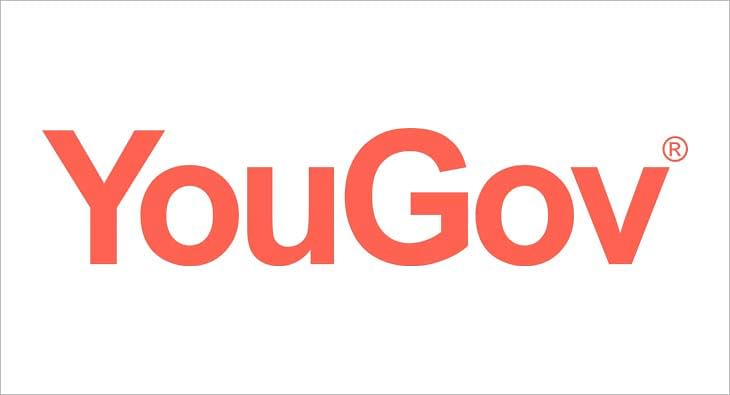
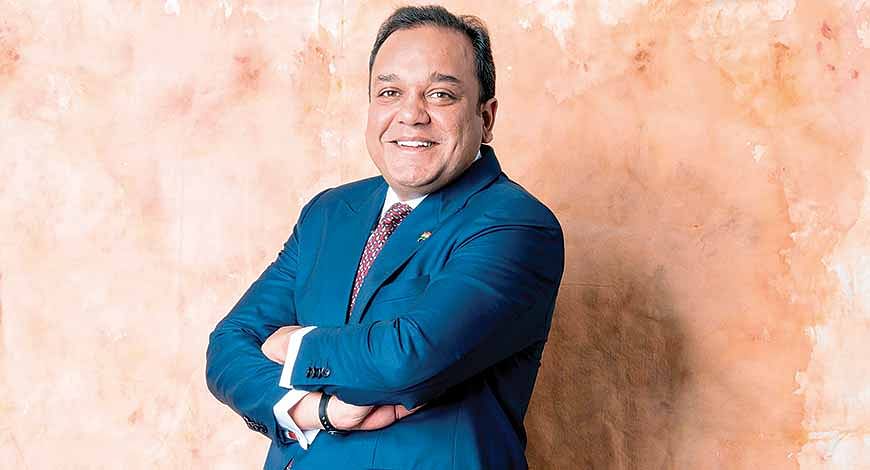
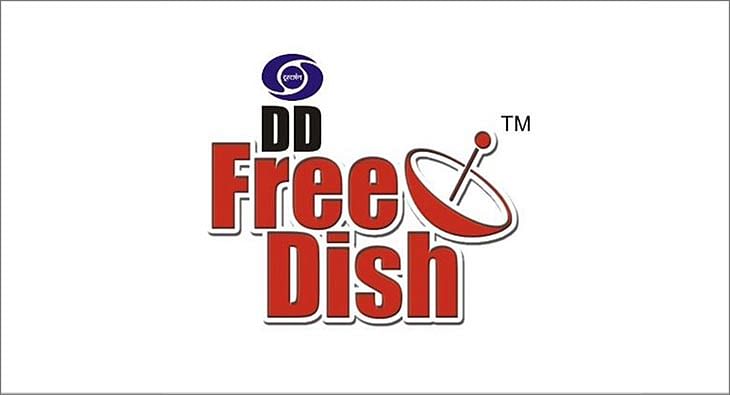







 Share
Share